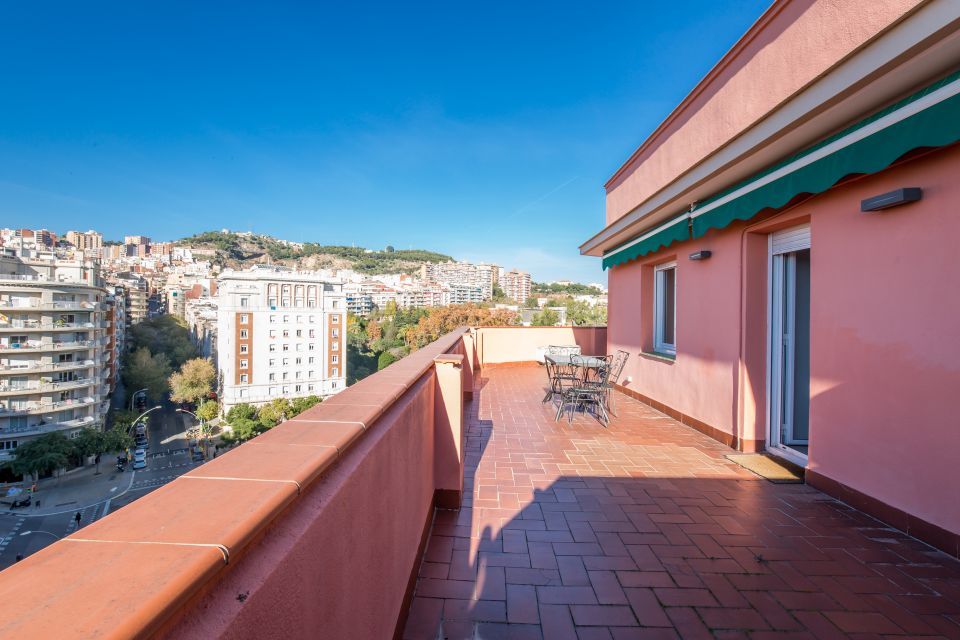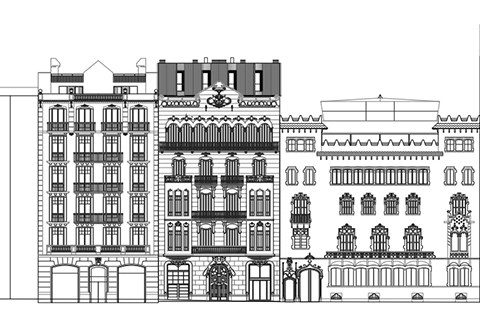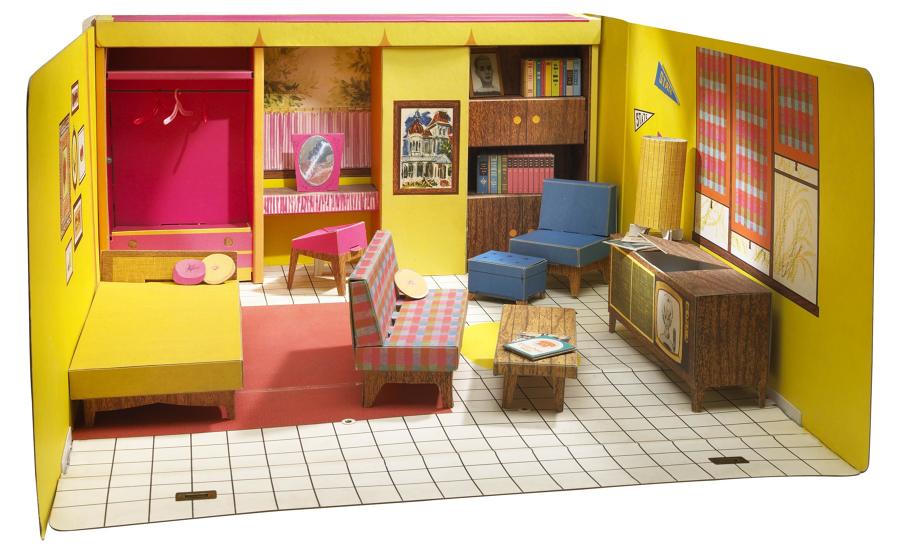Loft or penthouse (or neither)?
We have decided to create the ACPURSI (High Commissioner for Words Used Regularly in the Real Estate Sector). We don't rule out changing its name, I'll tell you that too...
Penthouse, kitchen, terrace, parquet. Words that we see in the 95% of the current real estate offer. Words that give an air of cool, or quality, or exclusivity. But in many cases, words that are misused. We continue to see the word penthouse calling it a top floor, we see that it is called kitchen office to a kitchenette, a walkable deck or a balcony becomes a terrace (here the line is a bit finer) and we say parquet to anything that looks like wood on the floor. And then there is the word loftwhich is the ultimate joke.
That is why we have decided to create the ACPURSI (High Commission for Words Used Regularly in the Real Estate Sector). We don't rule out changing its name, I'll tell you that too...
If you Google around a bit, you will find quite a lot of content talking about the most hackneyed expressions in the sector, which are usually made up of 50% of sugar (pure and simple euphemism) and 50% of hydrogenated fats (extremely overused clichés), ranciofacts flats). Just to mention it, but today I didn't want to talk about "investor-friendly" flats (not suitable for humans), "flirty" flats (not suitable for humans over 1.10m), or flats "with lots of possibilities" (I'd love to talk about "probability" too, that would be fun).
The loft is the croquette of the real estate market.
Today we will talk about those 3-bedroom lofts. Of those lofts that are VPO flats where a couple of partitions have been knocked down. I'll start by saying that, as the ultimate authority, from now on it's a loft whatever we say. And for those who, for whatever reason, cannot grasp the irony, I am going to be serious for a moment: it must be recognised that certain concepts are difficult to define clearly, due to the very nature of architecture. As design is in principle limited only by law and physics (and sometimes by good taste), we can find elements that do not fit into an exact definition.

If we want to know what a loft is, the first thing to do is to know the word. If we go to Merriam-Webster, that dictionary with the name of a disease that Dr. House used to diagnose, we will see that the word first meaning of the word loft is that of "upper room or floor; attic". Thank you, Merriam-Webster, for defining a confusing word with another confusing word. Wait, we'll read on: "One of the upper floors of a warehouse or commercial building, especially when not partitioned". Now, Merriam-Webster, there are already two words in our language to translate loft: attic or loft.
We already have the meaning and translation of the word, but as we are closer to the architects than to the philologists, we are now going to look further into the use of the term. If we look in the WikipediaAs was to be expected, we will see that the use of the word loft applied to housing emerged in the 1950s in some New York neighbourhoods, where artists adapted abandoned industrial spaces to turn them into their homes (and workplaces, let's not forget). It seems to be a very widespread version of events and we take it for granted.
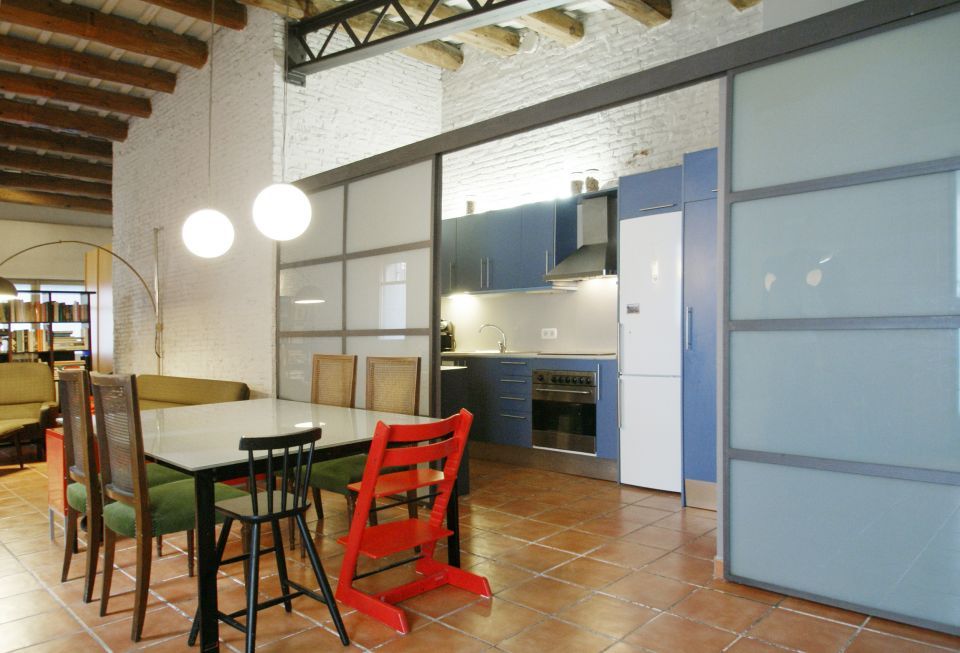
With these data, we are going to propose our own definition of loft: "Non-residential open space converted for residential use".. We have not included all the connotations of the word, but we can intuit the following: space with little partitioning, located in neighbourhoods with a certain industrial past and currently reconverted into fashionable places (the following comes to mind Poblenou in Barcelona, among others), where life and work merge (many are, as we pointed out, the home-studios of people from the creative world), and now also of medium-high level (in the end, they are generous-sized homes in sought-after neighbourhoods).
We will propose our own definition of loft: "Non-residential open space converted for residential use".
For some time now, for whatever reason, everyone wants to have a loft. And because there are not enough industrial spaces that can be converted into housing, or because they are too lazy, some developers have started to build them. I'm speaking in the present tense, but this all started with the real estate boom. And it's a bit like vegan bacon, which can taste like bacon, look like bacon, smell like bacon, even get fat like bacon, but bacon is not bacon. It's also a crime for a vegan to want to eat bacon, but I don't want to step in that puddle.
However, knowing what a loft is and that there are people "making them", we must be aware that having a real loft is no guarantee of anything, just as having a "vegan" loft is no guarantee of anything. Let me explain: we can find lofts that do not adhere to their definition but which aesthetically more than comply with it, and there are also commercial premises converted into housing, which we could legitimately call lofts, that are an attack on good taste.
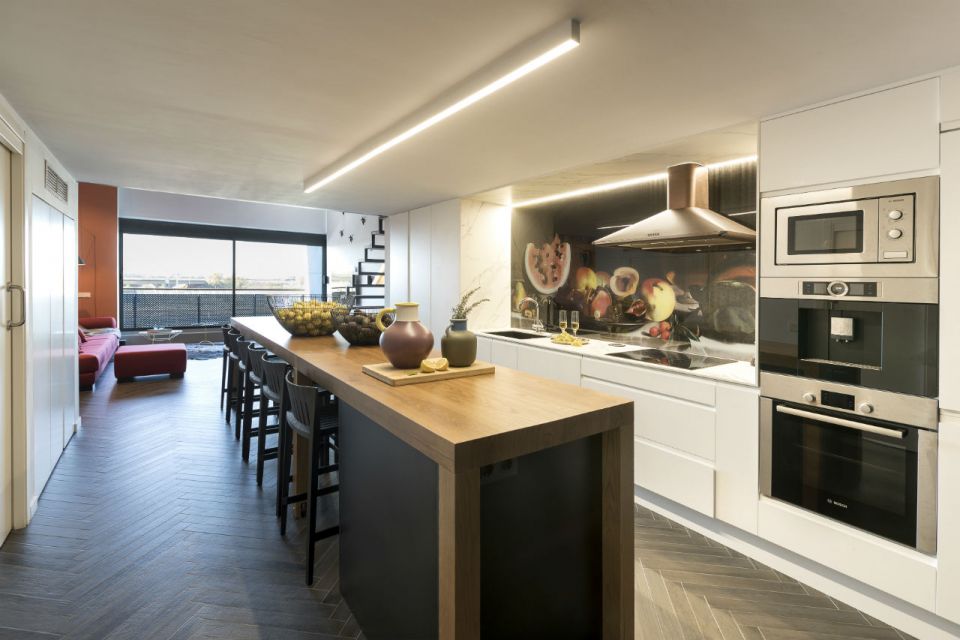
There is also an important detail in all this, and that is that there is a reuse component. The loft is the croquette of the real estate market. For example, we know of some "loft" developments that were built more as workspaces, but have since been converted into dwellings. Even if they were built ad hoc, they may fall within the definition. It's like "I'm going to build an industrial building and convert it into a house". We accept ship.
Another meaning of the word that we accept, because we are an authority (remember: irony), but which is also not the first that comes to mind, is that of lofts under the roof. In Valencia (and in many other cities, of course) there are many low-rise buildings with sloping roofs, with a space between the dwelling on the top floor and the ridge. This space, which is often inaccessible and almost never walkable, is gained by eliminating the false ceiling of the top floor dwelling, achieving a maximum height of about 6 metres and giving rise to the possibility of building a loft.
On the one hand, it meets the Merriam-Webster criterion (loft) and on the other hand, it meets the criterion of reuse. What we would have to see is whether it complies with the law, which is another matter: the space under the roof is usually a common element, so it is necessary to be transferred by the community of owners and it is also necessary to know whether the criteria of buildability and habitability are met. But, well, for us it is a loft.
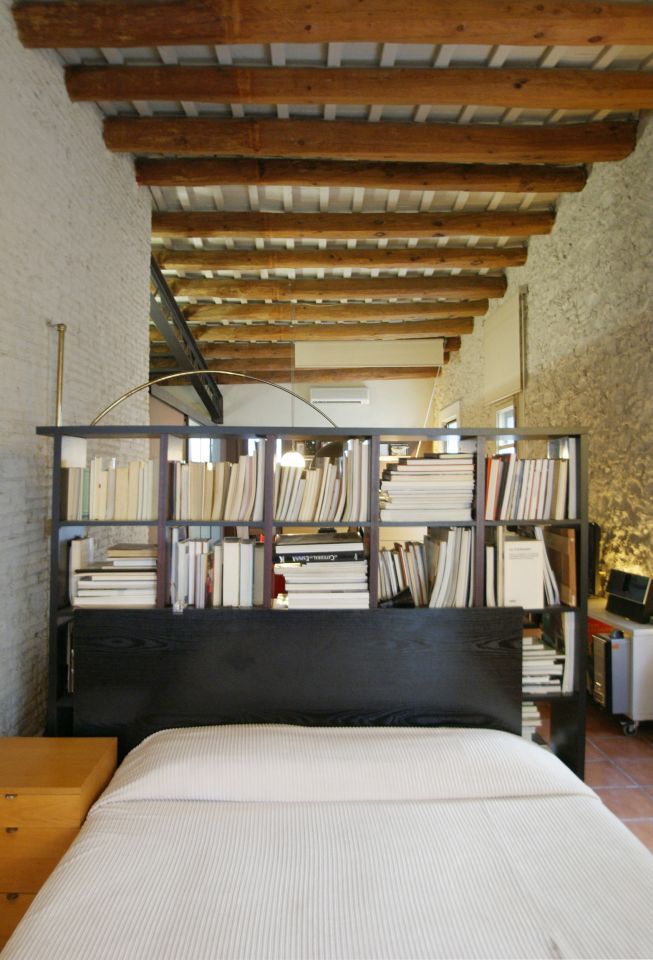
Are all the top floors penthouses?
We have already set the standard for one word, and now it's time for another, even more controversial one: attic. As the word is already in Spanish, we don't have to go to Merriam-Webster, so we'll use the RAE dictionary. We have tried to contact Manuel Seco Reymundo, academician of the letter A, who we assume will know all the words of his letter by heart, but it has not been possible. And then we have used the web search engine to obtain the RAE definition of the word penthouse.
But we have obtained two, one that links us with the one in loft and the other, which is the most interesting from an urban planning point of view. The first talks about "The last floor of a building, lower in height than the lower ones, which is built to cover the start of the roofs and sometimes for ornamentation". The second is of more interest to us: "The top floor of a building, usually set back and sometimes including a roof terrace.
Penthouses do not usually share the main façade with the rest of the properties, because it is a few metres behind, metres that are used to generate the most valuable part of a penthouse: the terrace. We take this definition for granted, but it does not free us from confusion. Are all top floors penthouses? Absolutely not. Do all penthouses have a terrace? Not necessarily, but they usually do. And the terrace is not necessarily private (it often happens with the famous porter's lodge penthouses, we are talking about them now). Do all buildings have a penthouse? No. Are all penthouses set back from the façade? No, they are often partially recessed. In this case we can discuss whether they are real penthouses or not.
Are all the top floors of a building penthouses? Absolutely not. Do all penthouses have a terrace? Not necessarily.
Now comes the crux of the matter: everything that is offered as a penthouse and is not even remotely so. Just as we can find a conventional flat that your trusted agency (I love this slogan used by the 180% of the agencies) calls loft because it is missing a partition wall or two, we can find millions of penthouses that are as much of a penthouse as Bertín Osborne is of a singer. Namely: flats with terraces (even the first ones), top floors (all of them), flats with a large uncovered balcony, flats set back from the façade (even if it is in the middle of the height of a building), post-apocalyptic atticsetc. As in the case of the loft, we will find terrifying attics and very nice non-thematic ones with a good terrace. Let's not be picky either. In addition, let's think about buildings that do not comply with the typical geometry, with pyramidal or staggered shapes that can also give rise to very interesting homes, regardless of whether we want to call them penthouses or not.
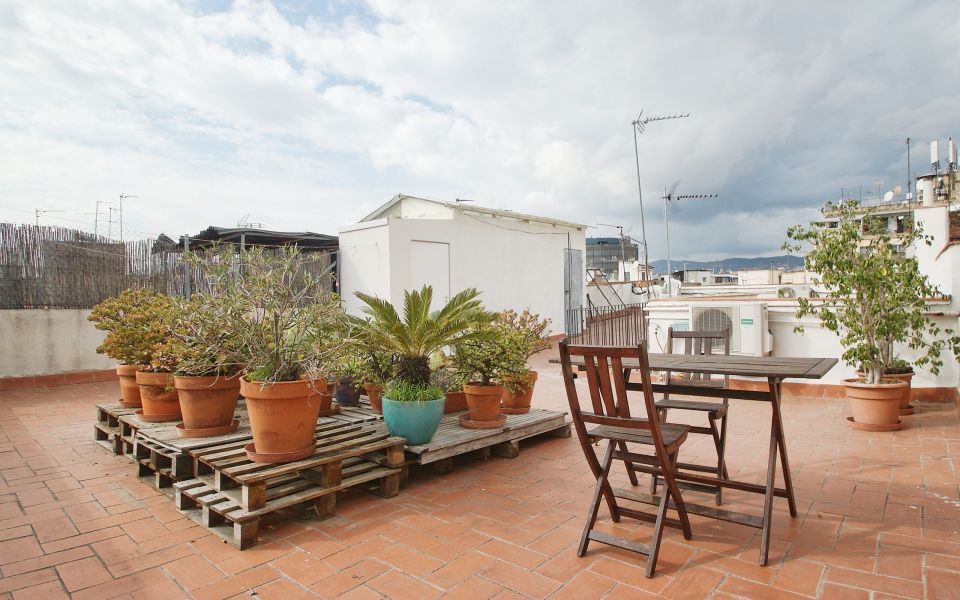
I would like to mention the goal penthouses, not because they are difficult to define, but because sometimes the word penthouse can lead to deception (or to paying too much for too little). We know concierge penthouses as the small flats on the roof of a building where the caretaker used to live. They are characterised by being very small, about 40 m2 (there are larger and smaller ones), by having access to the communal terrace (sometimes the community closes a part of it for private use), they often do not have a direct lift (it only goes to the floor immediately below and you have to go up one floor on foot), and they are almost always or have always been owned by the community of neighbours. They are penthouses to all intents and purposes, but they do have their drawbacks.
Are kitchen-office and kitchenette the same thing?
In conclusion, I was looking forward to talking about the term kitchen-office. One day I had the bad idea of defining these kitchens, in a "to-do" way, as a kitchen where a table fits. Suddenly, every house had a kitchen-office. Of course, all kitchens can fit a table, depending on the size of the kitchen and whether we want to continue to use the kitchen normally. I thought of using the term "kitchen WITH office". This way, it is easier to understand, because it is more or less clear what a kitchen is, and an office is a space where we have that table and chairs. In reality, the office does not necessarily have to have a table, but it does have to be a differentiated space, either because of the shape of the kitchen or because of a bar or island. An office kitchen is not an American kitchen, that is quite clear, because the concept of a totally open kitchen makes it difficult to have a space that can be called an office. But a kitchen-office can be partially open or connected to the living room. As always, the line is fine and blurred.
Conclusion: these are our definitions. If you don't like them, you can call a penthouse a penthouse, Bertín Osborne a singer or vegan bacon a bacon. But if you combine these three things, we are not responsible.
